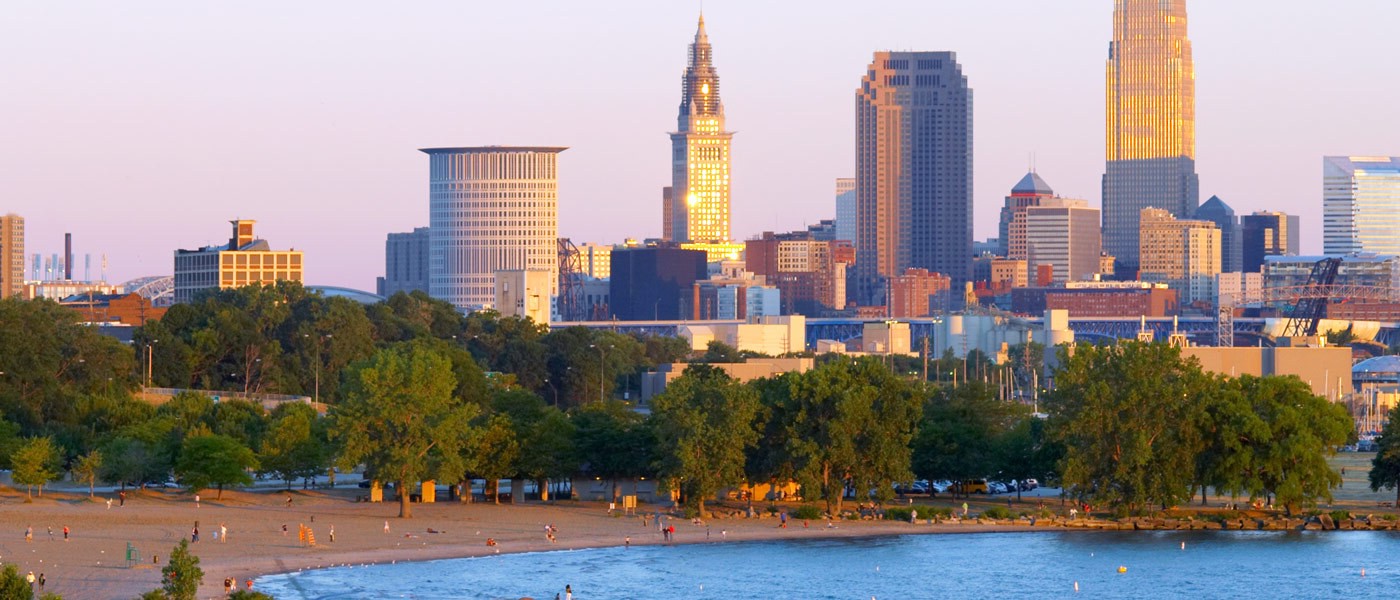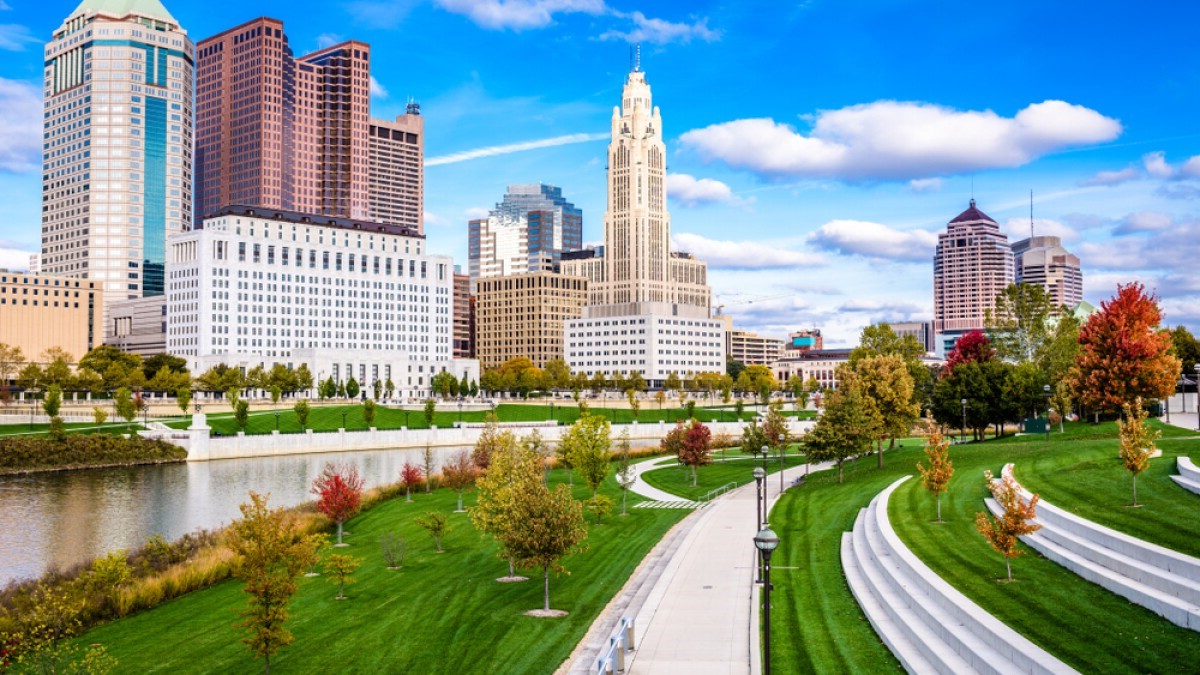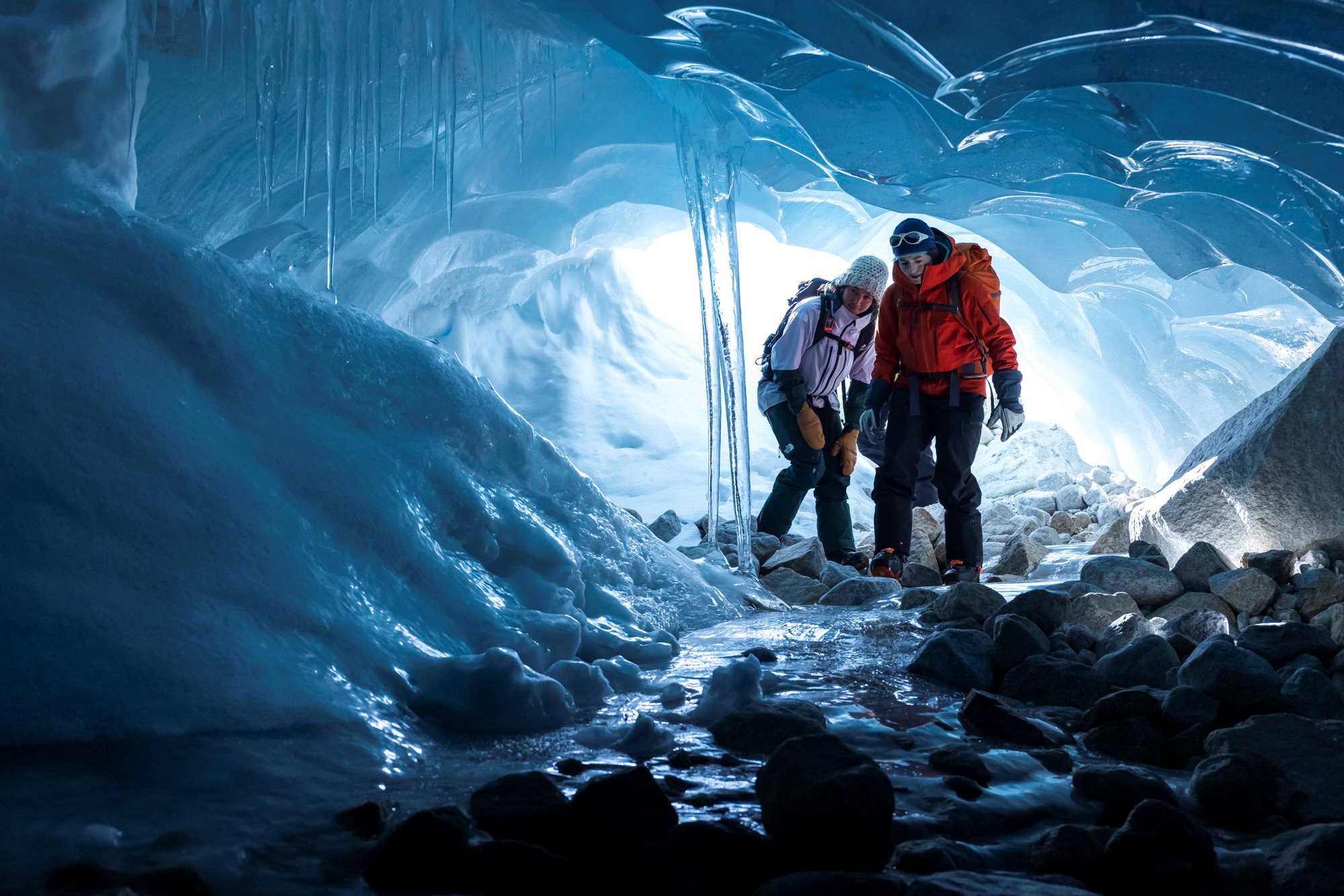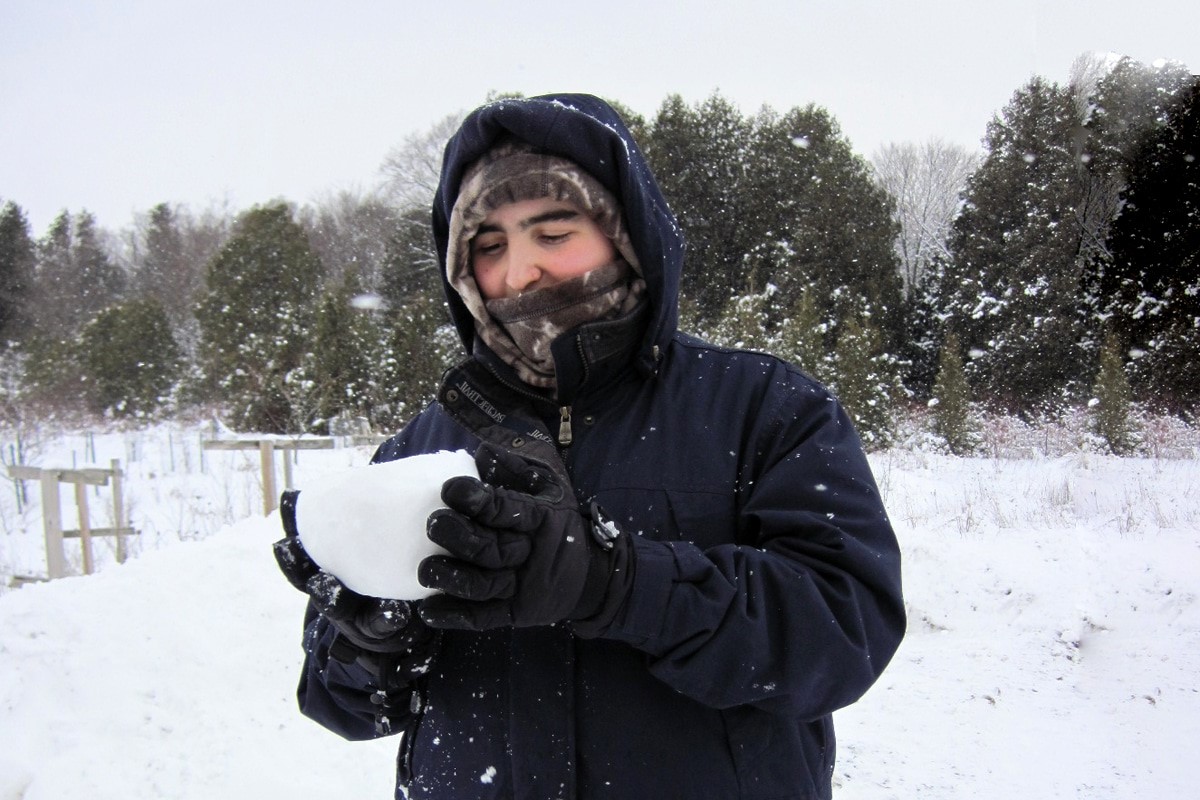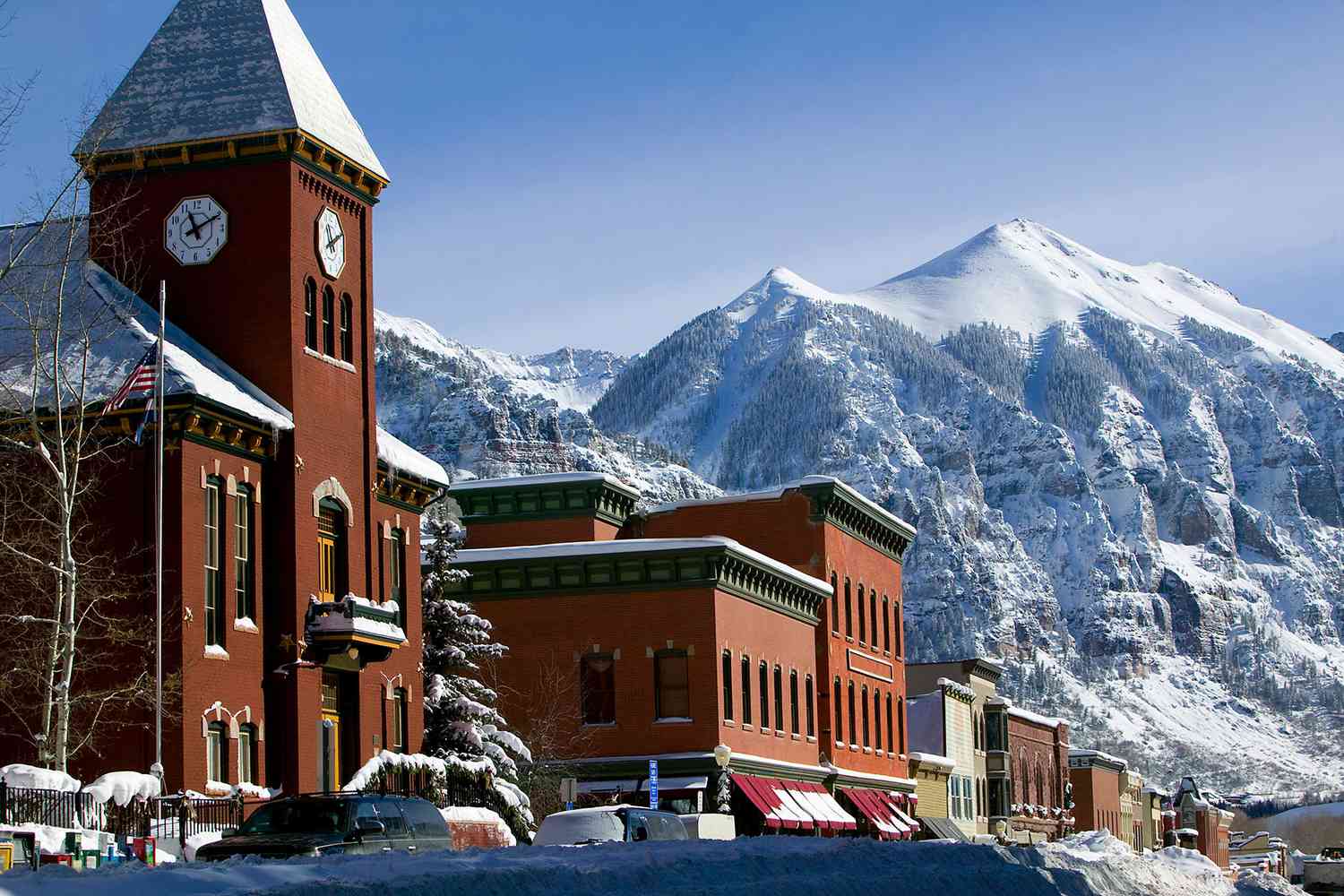Home>Weather and Climate>Columbus Ohio Weather History Highlights
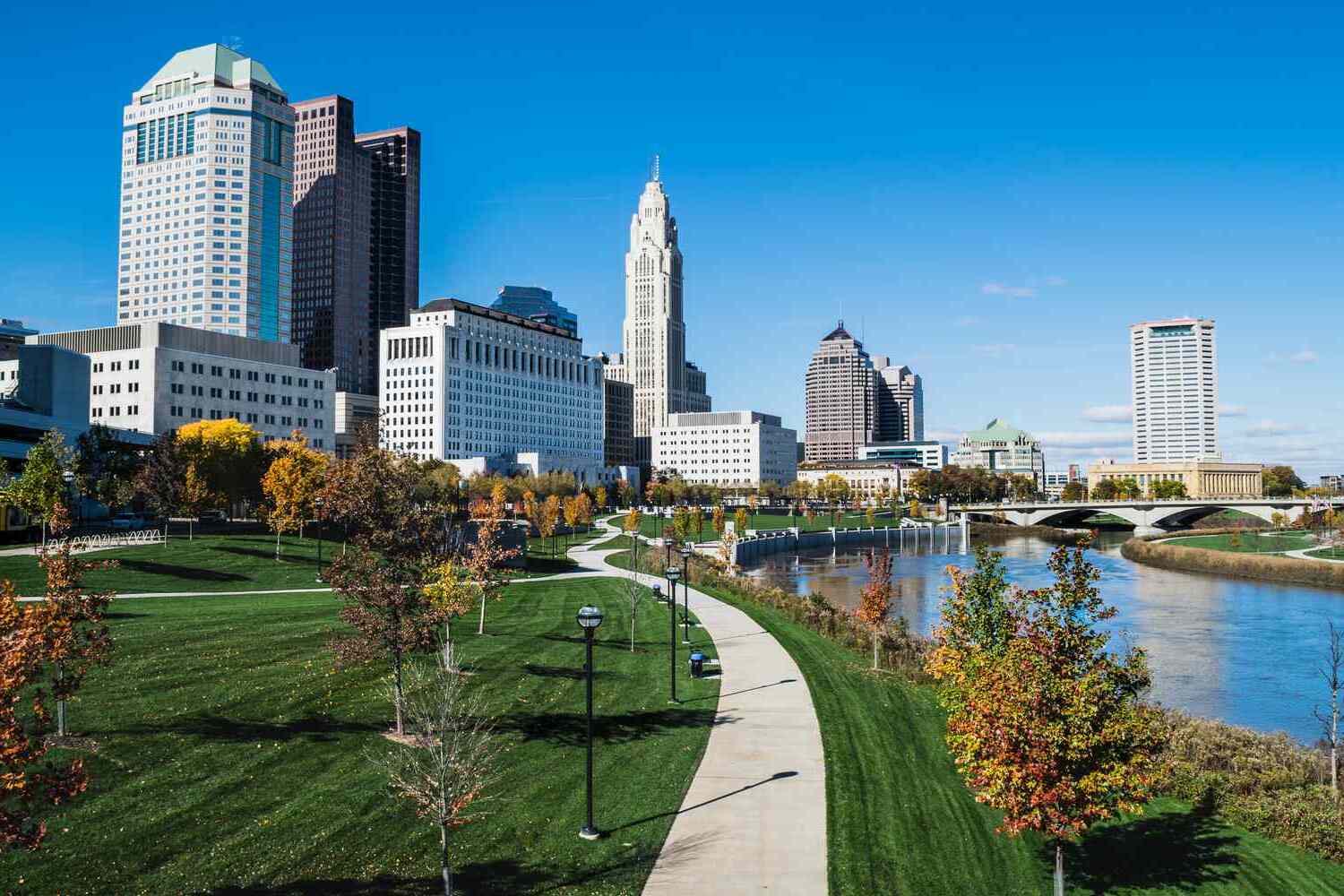

Weather and Climate
Columbus Ohio Weather History Highlights
Published: April 28, 2024
Discover the weather and climate history of Columbus, Ohio in this comprehensive exploration. Learn about the city's unique climate patterns and weather trends.
(Many of the links in this article redirect to a specific reviewed product. Your purchase of these products through affiliate links helps to generate commission for Temperatures.com, at no extra cost. Learn more)
So, let’s dive into Columbus, Ohio’s climate. This city experiences a mix of humid continental and subtropical climate zones. That means you get hot, muggy summers and cold, dry winters. Summer temperatures often soar into the 80s (°F), sometimes even touching the 90s. Winter, on the other hand, can be quite a different story. Temperatures can plummet to the 20s or lower, and snowfall is pretty common, averaging about 22 inches annually.
Spring and fall in Columbus? They’re as unpredictable as a plot twist in a mystery novel. One day, you might need shorts; the next, a cozy sweater. These seasons are truly a transition, with temperatures gradually warming up in spring or cooling down in fall.
Rainfall is fairly evenly distributed throughout the year, totaling about 39 inches. However, May tends to be the wettest month, so if you’re planning a visit, maybe pack an umbrella.
Columbus’s weather history is fascinating, with records of extreme temperatures and significant weather events. For instance, the city has experienced sweltering heatwaves and severe snowstorms, showcasing the diverse climate Ohioans live with. Living here, you learn to expect the unexpected when it comes to weather, making every season an adventure.

